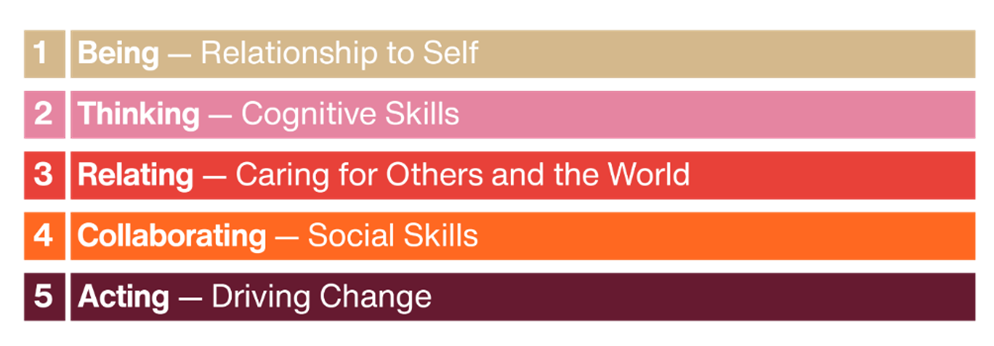The events of the past two years have left a lasting impact on all of us. Existing inequalities have been exacerbated, both within and between countries. We’ve seen the reversal of progress on multiple Sustainable Development Goals and delayed action on achieving others.
However, the pandemic has also thrust us back to our very core humanity; a cementing of trust between neighbours, empathy for the isolated in our communities, and a renewed sense of ‘commonism’ – collective action to drive solutions.
As a result, our approach to achieving social change is also becoming more human. Fundamentally, we need creative, human solutions to human-made problems. This means our approach to philanthropy and social investment must follow suit.
So how can philanthropy ground itself in a set of human principles?
1: Prioritise your own learning and development
If there is anything that the global pandemic has taught us, it’s the power of self-reflection and how this translates into action. For me, reflective practice can be nurtured in every person, team and organisation. It can also be nurtured in the way we do business.
This is even more vital for those of us leading in the impact sector, which requires actors in the ecosystem to adopt growth, enterprising, and worldview mindsets and behaviours to shift systems and make real progress on the SDGs.
We attended the first Inner Development Goals Summit in Stockholm, Sweden last month which highlighted this: the necessity of the Inner Development Goals (IDGs) (the development of our inner self) in order to achieve the SDGs.
The IDG framework (below) explains that there are necessary skills and qualities that we need to develop as leaders to make us capable of addressing the complex challenges we are facing.

Photo credit: Inner Development Goals Framework
2: Re-explore your role as an interconnected, global citizen
The journey from understanding ourselves to connecting with others is a crucial next stage of inner development.
I often take inspiration from young people we work with at the Social Enterprise Academy and their ability to step outside of their comfort zones. I am convinced that as impact leaders we can learn from this next generation of social entrepreneurs. Young people are increasingly more attuned to the world around them and have a desire to make a difference – take Greta Thunberg as a case in point.
An example that really resonates with me is one of young people being bold and brave in their actions to champion inclusion.
Following a survey in their school library, pupils from St Albert’s Primary School in Glasgow, Scotland, found that almost all the books only featured white characters. This prompted them to start their social enterprise ‘We Can Be Heroes’ which tackles the lack of representation in children’s literature by writing, illustrating, and publishing diverse story books.
They wanted to reflect themselves in these stories to inspire and empower other children so they created three books including characters and names that reflected their own backgrounds.
A fundamental part of supporting these young people was encouraging their self-growth, connectedness to community, and sense of agency. Pupils developed their passion for creating the change they wanted to see and were confident enough to challenge the status quo in creative ways.

Photo courtesy of Social Enterprise Academy International CIC
3. Turn your learning into action
So how can philanthropists take action to ensure that the causes they invest in are having the greatest possible impact?
An essential first step is reflecting on what enables impact. While investing in organisations creating change is important, we also need to ensure that the people leading those organisations have the mindsets, behaviours, and skills needed to drive that cause forward in an ever-changing world.
With recent calculations showing that we won’t achieve the SDGs until 2092, it’s clear that we need a change in direction and approach. Now is the time to be creative, courageous, and invest in the development of people leading change.
By adopting a human-first approach, philanthropists have the potential to be the catalyst that sparks that change in direction. By starting with developing your own inner development and then enabling others leading social change to do the same, you can create the ripples of change that will help us achieve the SDGs and ensure a sustainable, equitable future for all.
Here are some questions to start thinking about your own inner development and reflective practice:
- When could you apply this reflective learning approach to your everyday life?
- What steps could you take now to make sure you are investing in people and not only projects?
- In what ways could you connect with the philanthropic community to create mindsets and culture shifts within the sector?
Jakira Khanam is Regional Director, Asia at the Social Enterprise Academy International CIC, supporting strategic engagement with corporate partners, governments, institutions and civil society. She is responsible for the strategic development and growth of the social franchise partner hub network across the region.





Comments (0)